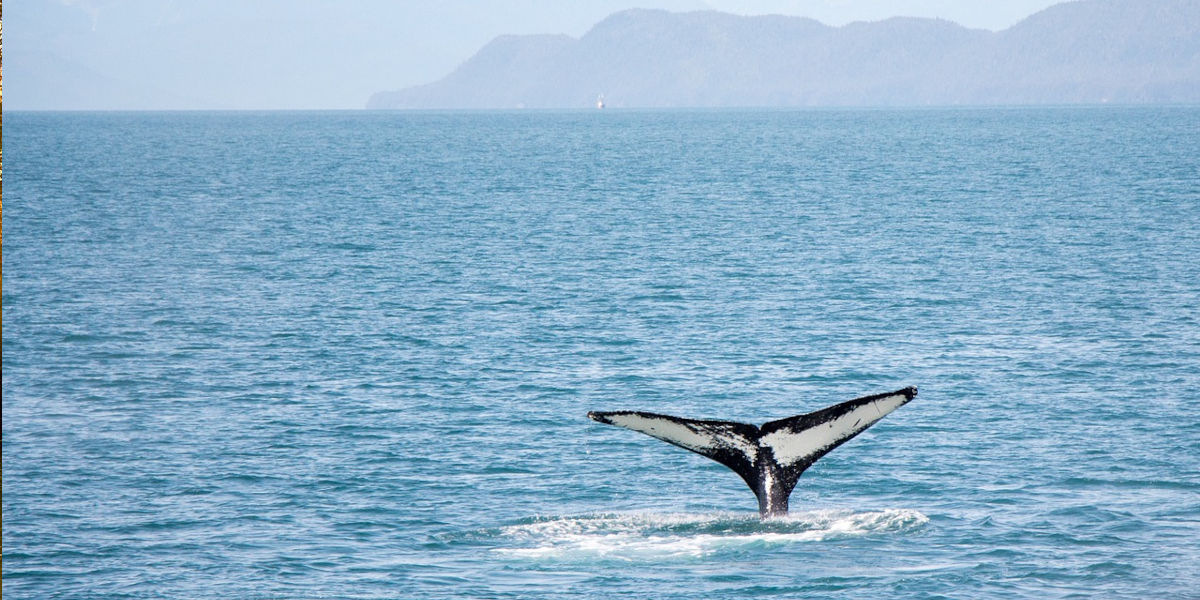In the heart of Earth's vast oceans lies a symphony of sounds, cloaked in mystery yet profound in influence. Central to this orchestra are the whales, whose haunting songs echo through the deep blue till they reach their intended audience. But what exactly are these marine creatures communicating? And perhaps even more importantly, why does understanding this matter? Our exploration into the world of the whales begins with these essential queries as we delve into the enigma of how do whales communicate and the science of whale songs.
Whale Communication: Drama in the Depths
Before taking a plunge into the deep sea symphony, it's imperative to first wrap our heads around a fundamental question: how do whales communicate? Like most elements of wildlife, the communication we're referring to is far from arbitrary - it serves specific purposes and can range from mating calls to sophisticated 'conversations'. In essence, every whale song represents an elaborate form of communication, tailored to the needs of the marine mammal.
A whale's form of communication is diverse and complex. Often, you may hear these creatures making clicks, whistles, and pulsed calls, each comprising a language in its own right. Remarkably, larger species of whales, such as the Blue, Humpback, and Minke whales, are known for their long, melodious songs - a captivating testament to the linguistic capabilities of these animals.
The mechanics behind these calls are nothing short of fascinating - unlike humans, whales do not have vocal cords. Instead, they use their nasal cavities to produce these sounds, which are then amplified and directed via a fatty organ known as the 'melon'.
Decoding the Melodies: Understanding Marine Mammal Communication
Striving towards understanding marine mammal communication is akin to trying to decipher a foreign language. Similar to human languages, whale communication tactics are unique to different species and even regions. Researchers have found evidence of dialects among certain groups of whales, making the task of comprehending these marine languages more daunting.
Furthermore, whale songs aren't merely restricted to practical communication. Recent studies suggest that these mammals use their songs to navigate the vast oceans, with their clicks and calls bouncing back from the contours of the sea floor to create a 'mental map'. Understanding these complex mechanisms is tantamount to delving into the very core of marine life, revealing intriguing aspects that can help pave the way for crucial advancements in fields ranging from animal behavior to oceanography.
The Science Behind the Symphony: Exploring the Whale Songs
Even as we begin to understand the mechanics of their communication, there is still much to unearth in the science of whale songs. The beauty of these songs intrigines scientists and enthusiasts alike. Often lasting for up to 30 minutes, these melodic compositions consist of a variety of phrases and themes, providing compelling evidence of the intellectual capabilities of these marine mammals.
Much like bird songs, each whale song is unique - studies show that the composition of these songs change gradually over the years, adding new layers to this magnificent repertoire. The specific purposes of these songs are still a subject of debate among scientists - while some argue they are used entirely for mating purposes, others suggest they could also be employed for navigation or even for socializing with other whales.
Understanding Whale Communication
The communication patterns of whales, often dubbed the 'songs of the sea' are far from a random sequence of moans. They are rather complex use of vocalization, pitch and even silences. Different species of whales communicate differently, but the use of low-frequency sounds is a common theme. As these sounds can travel longer distances in the ocean, they are ideal for long-range communication among these large marine creatures.
The blue whales, for instance, emit pulses, groans, and moans that can be heard up to 1,000 miles away. Close contact like feeding and playing are accompanied by high frequency, short range vocalizations. The social structure or grouping among whales also affects their communication methods. Orcas, the killer whales, use clicks, calls and whistles to stay organized within their pods.
The Importance of Whale Songs
Apart from serving as a mode of communication, the songs of sea serve multiple purposes. They are used to navigate, locate food, find mates, and even as a form of individual or group identification. For instance, the wooing songs of the male humpback whales are unique to each individual and can partition the oceanic space into personal territories. In dolphin pods, individual whistle sounds are used to distinguish members. This acoustic tag is assumed to help them maintain social order.
The acoustics of the ocean environment too have a role in shaping the nature of these vocalizations. As light penetration is poor in water, particularly in deep seas, sound serves as the best medium for underwater communication. The speed of sound in water is much faster than in air, making acoustic communication efficient for marine creatures.
The Threat to the Ocean's Symphony
With increasing human naval activities, noise pollution under the ocean's surface has reached alarming levels. This anthropogenic noise pollution includes the noise from ship engines, sonars, seismic surveys, drilling, etc. These noises obscure the vocalizations of marine creatures, posing a significant threat to their communication, feeding habits, breeding patterns and even survival.
Scientists across the globe are studying the impacts of noise pollution on marine life. Identifying and understanding the 'songs of the sea' is the first step towards this. Many conservation efforts are focused on reducing noise pollution in marine environments to ensure that this wonderful symphony of the sea continues uninterrupted.
In a world increasingly dominated by human-induced changes, it is imperative that we turn our ears to these songs of the sea. For not only are they a testament to the vibrancy and diversity of life under the ocean's waves, but they could also be fundamental in helping us ensure the survival of these magnificent creatures.




